It’s been a while since I put together a tutorial post – Hey, how’s it going? Life has been busy and wonderful and hectic and difficult and wonderful all over again.
A lot of times I put together these posts as a way to help people trying to figure this business out and also galvanize core concepts in my head, organizing my thoughts on things I’ve learned. This one is no exception.
Every few months, there’s a ripple of intense social media discussion, let’s be kind and call it discussion, about who deserves credit and how comics are sold-
• Is it a writer-centric industry or an artist-centric industry?
• Who does the most work on a creative team and how should that be acknowledged?
• Whose name should go first on the credits and what does that mean?
• When a property gets optioned, award nominations are announced or best seller lists are compiled, why don’t media outlets include the art team?
It’s a circular argument that involves biases from fans, journalists, sales teams, and retailers. There’s no nuance about how comics are actually made and the collaborative process involved in telling a story where words and pictures work together in such a unique way. It’s frustrating and isn’t going to go away any time soon.
All that said, here’s one thing I hope we can all agree on:
Everyone who works on a project deserves to be credited for their work wherever possible.
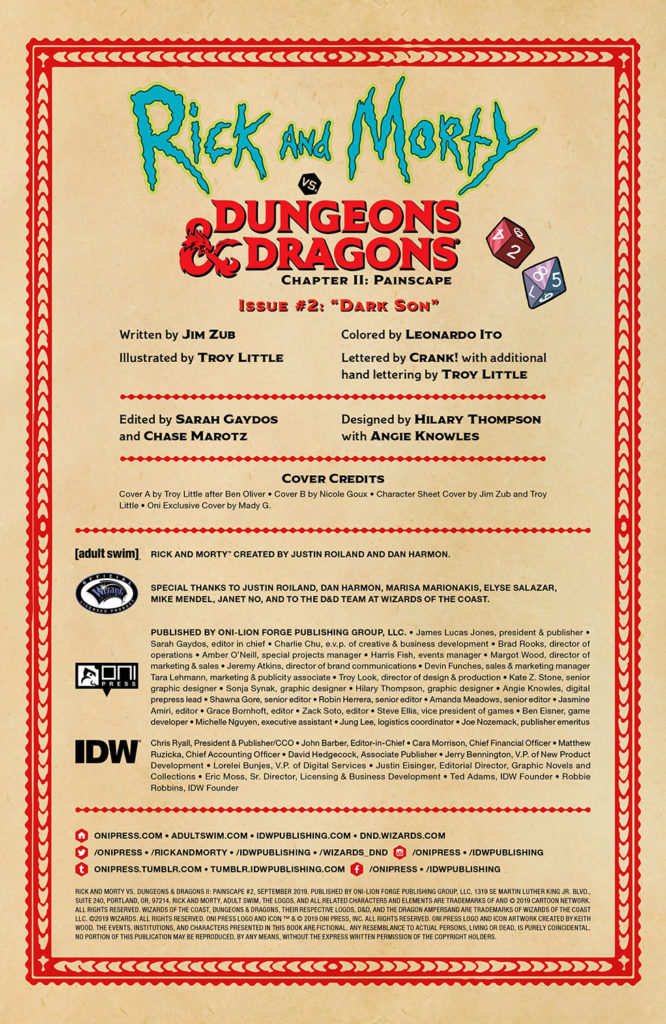
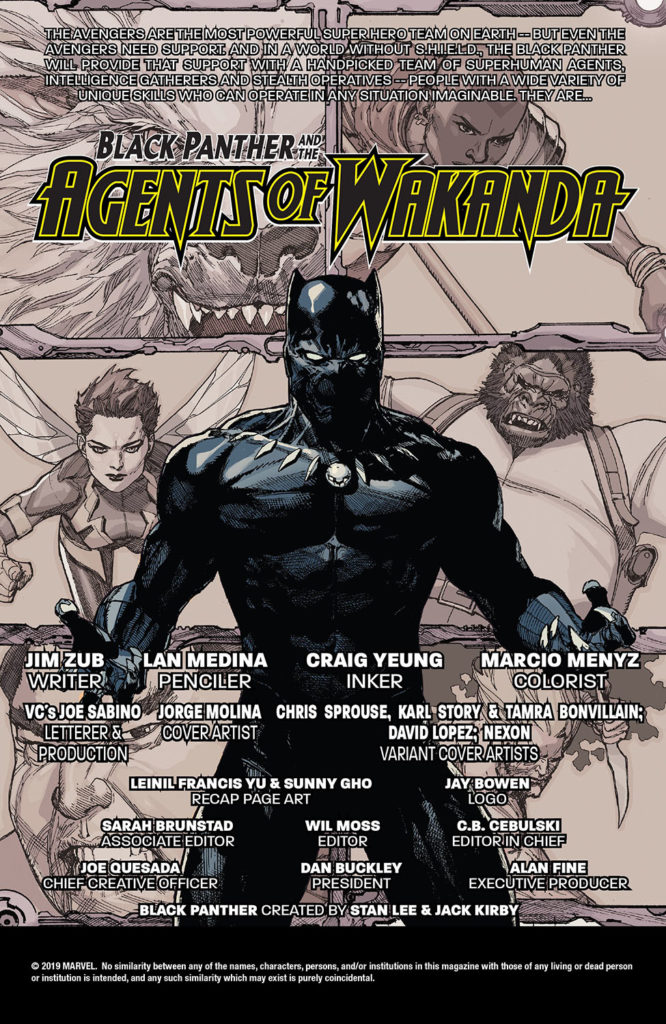
If you’re part of a creative team it’s incumbent on you to mention your collaborators, credit them and raise them up if you can, especially if your name is on the cover and you’re one of the “front-facing” people involved in promoting it to the public.
This should be obvious, it should be automatic, but sadly it’s not.
On one of my very first Big Two projects, I had this lesson driven home for me. I received questions from a comic news outlet announcing this spiffy new series I was writing on and I banged out huge, sprawling answers to every question. I spent some serious time on it, excited about this new stage of my career and all the accolades that were surely about to come my way. Feeling all pumped, I sent the interview over to my editor for final approval and he responded with this:
“This all reads well and I can tell you’re really excited, there’s just one problem – You didn’t mention anyone else on the creative team at all.”
Wow~I suuuuuuck.
That was a lightning bolt to my brain. I was so wrapped up in promoting my new thing that I forgot it wasn’t just my thing at all. It was ours. A team effort.
That message was just a little prod from my editor but it rewired my brain.
How have I felt when I bust my butt and no one acknowledges that effort?
How does it feel to be overlooked in the creative process?
Yes, there are “marquee” names put up front to sell a title, but that doesn’t mean the rest of the team vanishes. We’re not talking about hundreds and hundreds of names scrolling past your face at the end of a movie.
That’s the baseline for a comic. Praising those people for their efforts makes a huge difference. Tagging those people in a tweet or a post is not hard to do.
When I start a new project, I compile the names of everyone involved in a text file so I have the proper spelling of each person’s name and their Twitter and/or Instagram handles at my fingertips. I put that text file in my Google Drive folder so it’s accessible to me everywhere. From then on, tagging our crew in a tweet or other social media post is as simple as cut-and-paste. It only takes a couple minutes at the start and it means a lot to the creative team busting their butts day after day to make something cool.

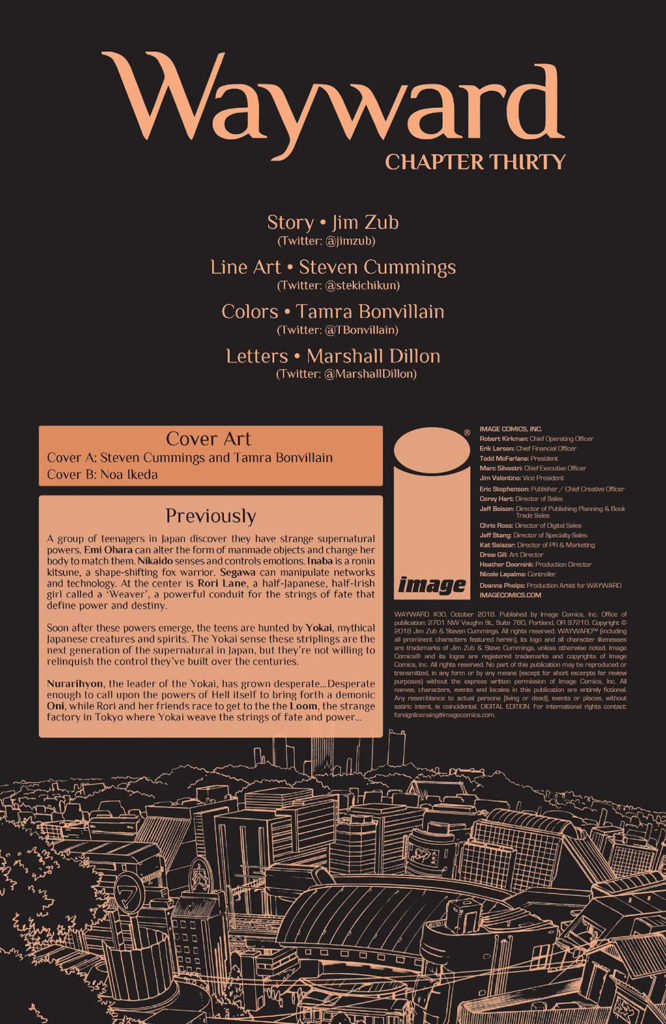
Everyone deserves to celebrate the arrival of something they worked on.
Everyone wants to feel their contribution matters.
Writers and artists tend to get front line coverage. Promoting and signal boosting a colorist, letterer, or editor subtlety advertises their skills to others and, over the long haul, gives them a lot more opportunities. You have no idea how much this kind of stuff is appreciated until you’ve done the job and seen your efforts ignored.
Logo designers, graphic designers, assistant editors, press people, back matter – Look more closely at the credits on your favorite comic and you’ll realize there’s a small army of people busting away to make these books happen. The more you mention their contributions, the more aware the general public will be about the work involved. It demystifies the creative process in all the right ways.
Treat your creative team the way you want to be treated and you’ll build bonds and friendships that last through epic runs and crazy deadlines. The more you raise your team up and treat them right, the more they’ll be there when you need them.
That’s it.
A whole tutorial post just to remind people to credit and tag their creative team?
Yup.
That sounds pretty simple.
It should be. Now go out there and do it!
If you found this post helpful, feel free to let me know here (or on Twitter), share the post with your friends and consider buying some of my comics or donating to my Patreon to show your support for me writing this instead of writing the next script my hard-working team is supposed to be drawing/coloring/lettering. 😛


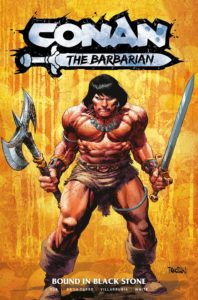



 Zub on Amazon
Zub on Amazon Zub on Instagram
Zub on Instagram Zub on Twitter
Zub on Twitter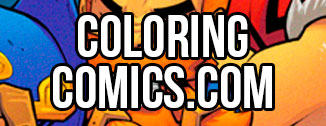
0 Comments.